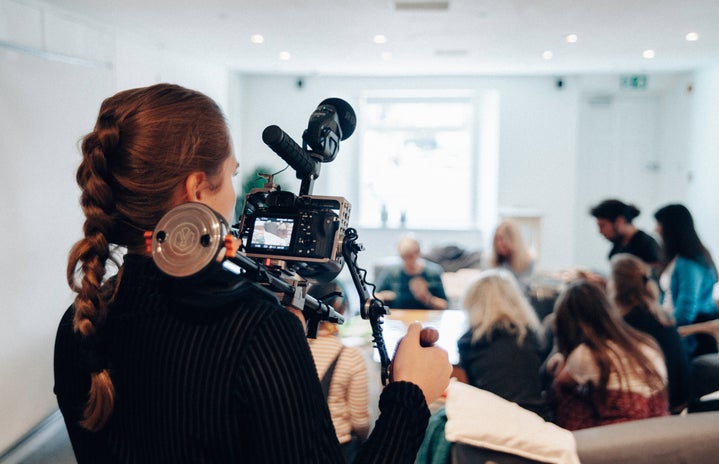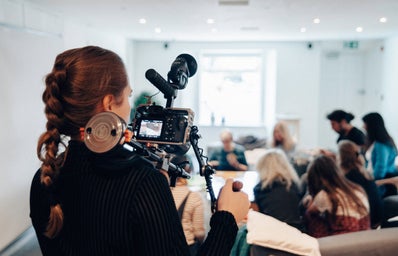For decades, top-grossing films continue to fail the Bechdel Test. For those unaware, the Bechdel Test is a means for evaluating whether or not a movie portrays female characters in a light that is sexist or that plays into traditional gender stereotypes. There are three parts to passing the Bechdel Test and those are as follows:
-
There have to be at least two named female characters in the movie.
-
The women have to have a conversation.
-
The conversation has to be about something other than a man.
Although feminist activism continues to make strides in Hollywood — especially since the beginning of the Me Too movement — it seems that screenwriters, directors and producers still may be failing at fairly representing women in film. By diversifying the cast and making it a goal to pass the Bechdel Test, screenwriters are able to put their money where their mouths are and actually start supporting and uplifting female voices in Hollywood. In an effort to convince you of the widespread failings of the Bechdel Test across all genres, here is a list of top-rated movies that don’t pass:
-
Avatar (the second highest-grossing movie of all time)
-
The Social Network
-
Slumdog Millionaire
-
The Avengers
-
The Grand Budapest Hotel
-
Harry Potter and the Deathly Hallows Part II
-
La La Land
-
The Lord of the Rings Trilogy
Furthermore, the Bechdel Test isn’t the only feminist evaluation in play here. Take, for instance, the way a shot is composed. For this example, we’ll use Black Widow’s character, portrayed by Scarlett Johansson, in the Marvel Cinematic Universe (MCU). Not only does the first Avengers movie (2013) not pass the Bechdel Test, but this movie along with its sequels features almost exclusively wide shots of Black Widow in her suit. From someone who studies film, I would argue this show of her figure is done intentionally as a means to objectify her character for the audience, more specifically the men watching the MCU movies. We see these wide shots (composed only to show off the figure of the female in the shot) in a large majority of action movies for both females in lead and supporting roles.
What we see is not only the physical change necessary in the composition of shots and screenwriting, but also in the fundamentals of how we view women in Hollywood. The sexualization of women in positions of power and wealth has to start with the audience they are performing for which will, in turn, spur the same change in those who are directing, writing and producing. We owe it to these women to change the objectifying patterns that dominate our society.


